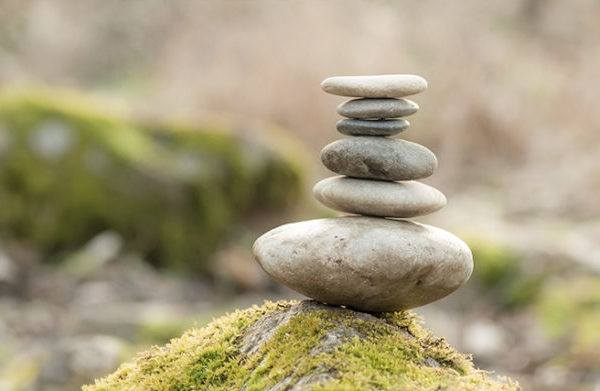
SHA Magazine Wellness & Relax
The great challenge of modern osteopathy: cervical injuries due to excessive use of smartphones
Osteopathic medicine was founded by Andrew Taylor Still, a 19th century American physician, a surgeon during the Civil War who was convinced that all diseases originated in the musculoskeletal system.
An osteopath is a professional who recognises by touch every inch of the body, every muscle, every viscus, and every vertebra. Initially, osteopathy consisted of a basic set of techniques based on the belief of its creator that myofascial continuity existed. In other words, it is a layer of tissue “that connects every part of the body to every other part“.
Osteopaths try to diagnose and treat what was originally called osteopathic injury, and is now called somatic dysfunction, by manipulating a person’s bones, muscles and viscera. “What we seek is to prevent pathologies, in order to achieve the proper functioning of the body“, summarises Antonio Mora, an osteopath with more than 10 years of experience and practice at SHA Wellness Clinic Spain.
“Stress and certain habits have an effect on the body, which gradually assumes bad postures, in order to avoid discomfort and pain. If these adaptations are maintained over a long period of time, they lead to the development of diseases, such as herniated discs, contractures, sciatica, lumbago, limited movement, muscle pain, etc. What we do is to release that tissue and restore good posture of the body, ideally before the pathology has developed. But it is difficult, because, when the signs and symptoms arrive, the body is usually already in a bad condition,” explains Mora.
What he sees in his practice is a reflection of the life we leave today. A 19th century osteopath might have encountered fewer cervical injuries than those treated by Antonio Mora, who believes that much of his work consists in cervical straightening. The culprit? The mobile phones, or rather how we abuse them. “Always looking at the screen with my neck bent forward has changed my work to some extent“, the expert acknowledges.
“The first thing patients need to realise is that they need to regain good postural hygiene. We cannot ask anyone to give up the phone altogether, because in many cases it is a work tool, but at least space out its use,” he suggests.
Thus, your job will be to try to relax the muscles in the neck area to remove nervous tension. Mora points out that the head weighs about 7 kilos and that, if we keep it in a bent position to look at the phone for many hours a day, the rest of the body will be under tension to prevent the weight from shifting it forward, and this tension will also cause other injuries.
Phone abuse, and specifically our addiction to infinite scrolling, also causes numbness in the hands and many thumb injuries. “In the past it used to be a very common injury in people who did mechanical work or in housekeepers, because of the mop, but now it is because of the phone. We spend twelve hours in a row holding our mobile phones in our hands. In a way it’s normal,” the expert believes.
Also, the number of migraine sufferers has increased, because the vertical compressions caused by telephone abuse themselves cause excess tension in the muscles and nerves of the cranial area, which interferes with blood flow and contributes to migraines.
There is a defeat posture we are all familiar with: shoulders shrugged and the head fallen between them. What does it indicate? “It’s a typical posture of emotional stress and I think that 90% of it is a sign of exhaustion,” says Antonio Mora. A posture that also gives him a lot of work and that we adopt without realising it after many hours of stress and computer work.
The shortening of the hamstring muscles, the lack of tone in the lumbar and abdominal area is another characteristic symptom of our times that the 21st century osteopath encounters in his practice. “The cause is to be found in the long hours of sitting at work, lack of physical activity and stress. Our bodies were made for movement, but every day we move less and less,” he sums up.
Osteopathy prevents many ailments caused by bad posture and modern lifestyle. The expert acknowledges that always there are genetic factors that predispose to developing certain diseases, but the osteopath’s job is to intervene in time to remove the excess muscle tension that could lead to a major lesion or disease. “We have very grateful patients who believe that we make miracles, but no, the osteopath does not cure, what he does is to trigger information exchange and help the body to readjust and recover its zones to improve at a functional level“, assures the SHA Wellness Clinic osteopath.





